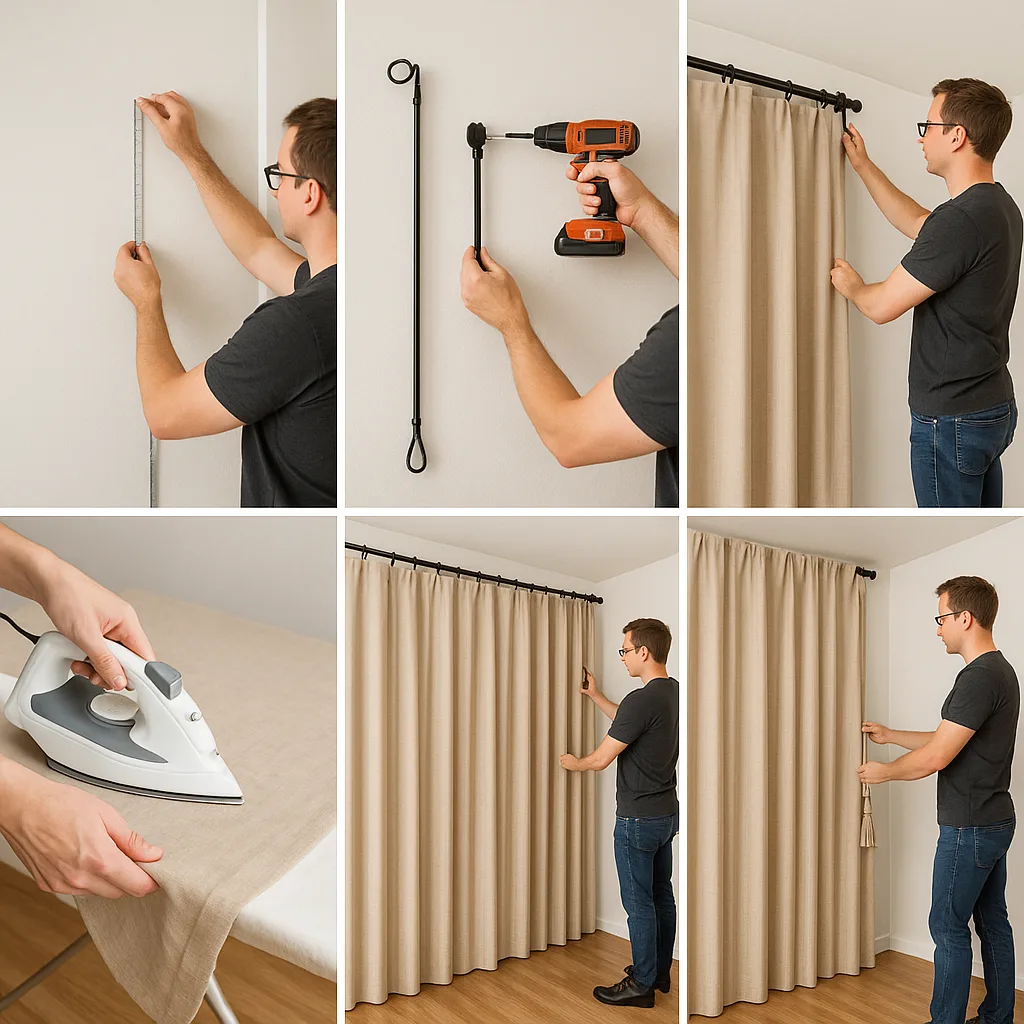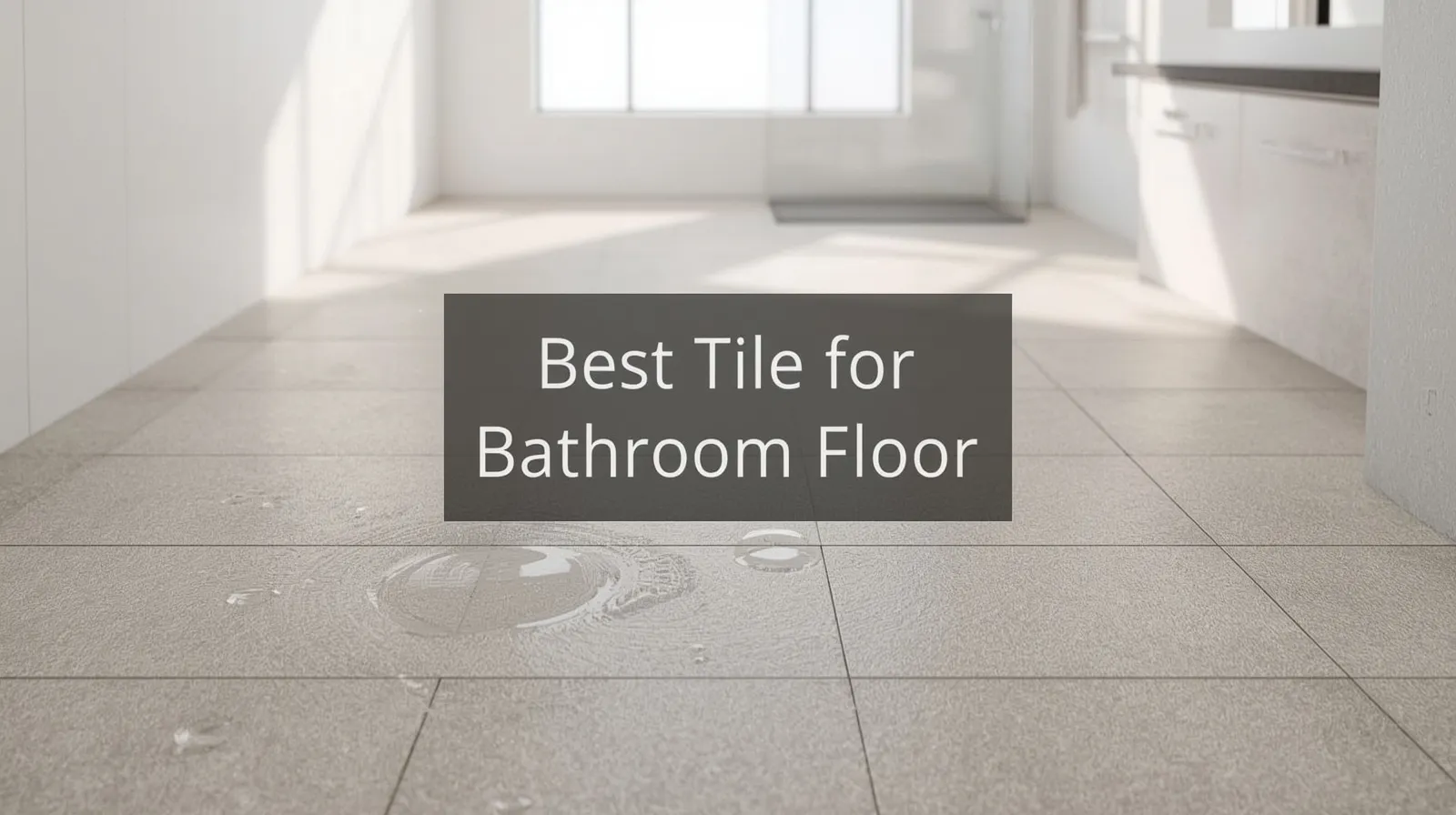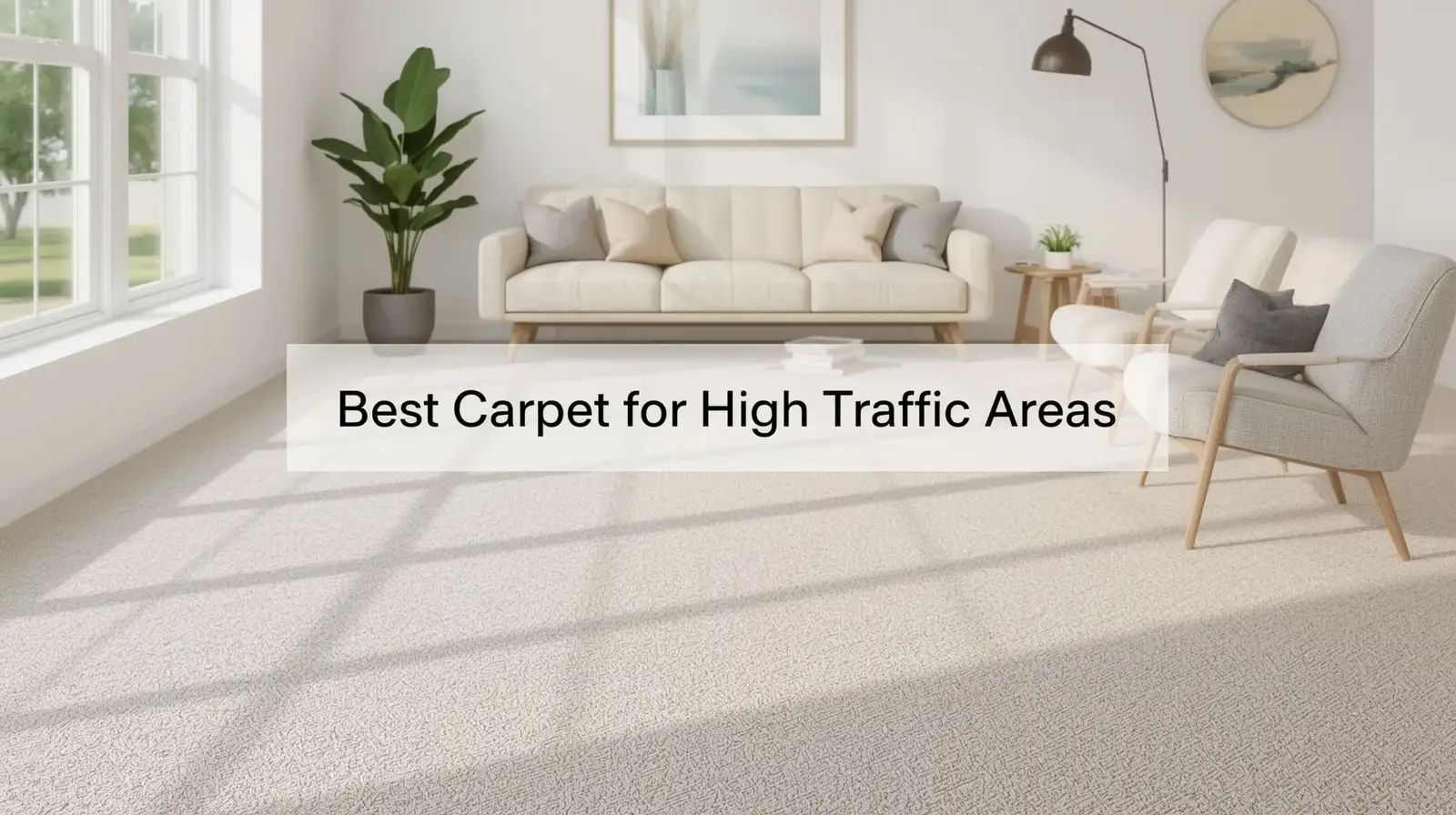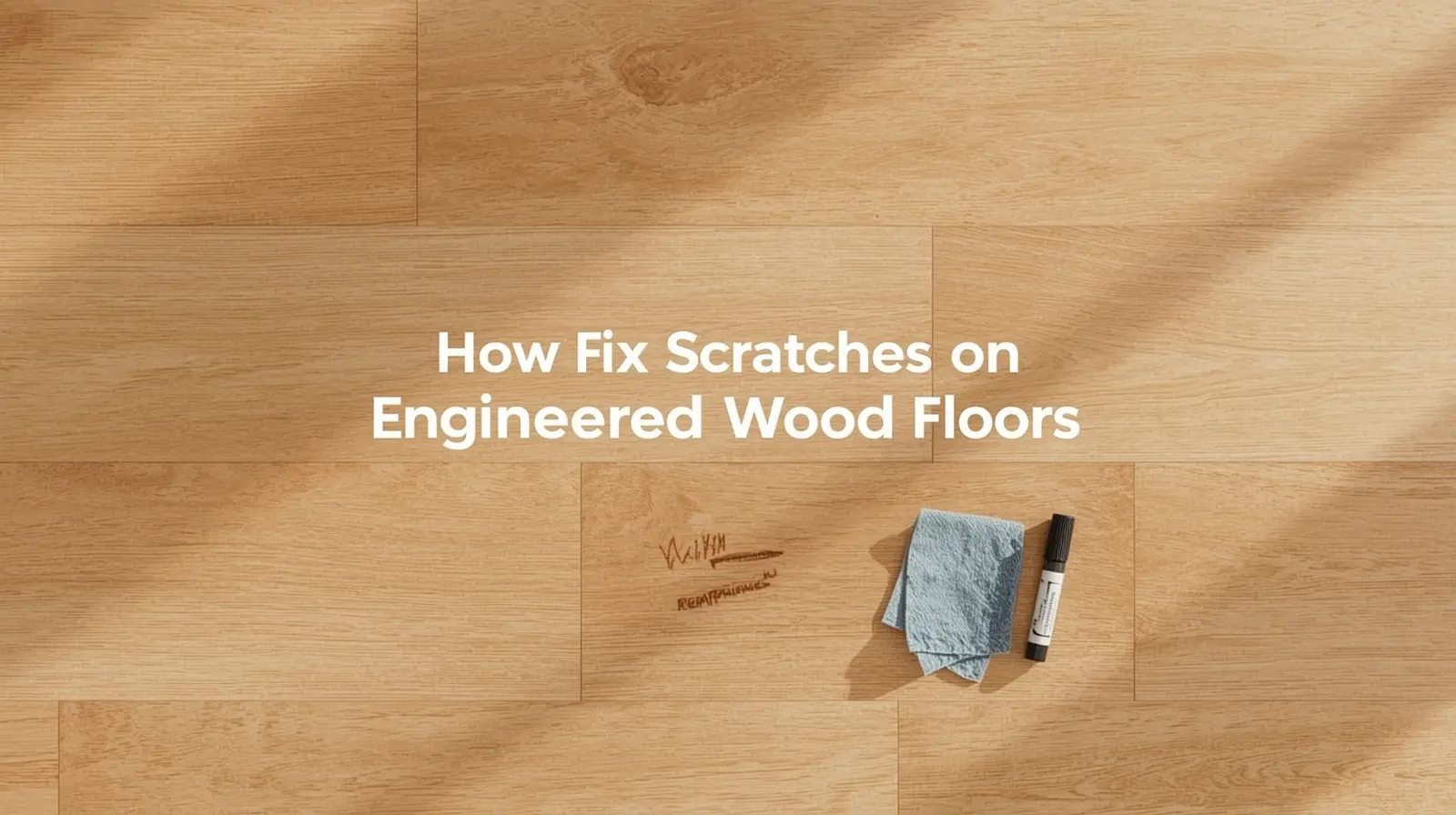Why Drapes Are More Than Just Window Treatments
Using drapes to cover walls can change a room in ways you might not expect. Drapes do more than block light; they add color, texture, and life to any space. Imagine walking into a room with plain white walls and feeling it is cold or empty. Now picture that same room with soft, flowing fabric from floor to ceiling. The space feels warm, welcoming, and chic. Drapes can hide cracks, marks, or uneven paint.
They also help to dampen sound so your living room or bedroom feels cozier and less echoey. With the right drape choice, you can set a mood romantic, bold, or calm without painting or building. Drapes come in many fabrics: cotton, linen, velvet, and even sheer materials. Each fabric type brings its own look and feel. A heavy velvet drape gives a sense of luxury, while a light linen drape feels breezy and relaxed.
You can mix fabrics for a custom look. Best of all, hanging drapes is less work than building a new wall or buying art. A simple rod and some hooks are often all you need. When you learn how to use drapes creatively, you open many design doors without major cost or mess.
The Appeal of Using Drapes to Cover Walls

There are many reasons why using drapes to cover walls is so popular. First, drapes are easy to install. You need just a curtain rod or track, wall anchors, and screws. No heavy tools or messy drywall work are required. Second, drapes let you change your style quickly. Swap one fabric for another and get a whole new look. Third, drapes offer flexibility. You can pull them closed for privacy or light control, then open them to reveal the wall or window behind. Fourth, drapes can be layered.
Combining sheer panels with thicker curtains creates depth and adds a decorative element. Fifth, drapes are portable. If you move to a new home, you can take them with you. Sixth, drapes are cost-effective. Good quality fabric starts at reasonable prices, and installation is simple enough that many people do it themselves. Finally, drapes can make small rooms feel larger. When you drape fabric from ceiling to floor, it draws the eye up and down, making the room look taller and wider. These benefits make drapes a smart choice for both new and experienced decorators.
Benefits of Curtains as Wall Covering
Curtains as wall covering offer more than just style. One big benefit is sound control. Fabric absorbs noise, which cuts down on echoes and makes rooms quieter. This is helpful in living rooms, home theaters, or apartments with thin walls. Another benefit is insulation. Heavy curtains trap warm air in winter and block heat in summer. This can lower energy bills by reducing the need for heating or air conditioning. Curtains also protect walls. They shield paint and wallpaper from sun damage and reduce wear from furniture bumps.
Beyond practical perks, curtains add softness. Hard surfaces like plaster or brick can feel cold or sterile. Drapes introduce curves and flowing lines that balance sharp edges. Curtains also bring a sense of luxury. Think of elegant hotels where walls are covered in silk panels. You can bring that high-end feel to your own home. Fabric wall coverings are also easier to repair or replace than painted walls. If a drape tears, you can patch or swap out a panel. Finally, curtains allow for creativity. You can stencil, embroider, or dye plain drapes for a custom look. All these benefits make fabric wall coverings a wise choice for style and function.
How to Cover an Entire Wall with Curtains: Step-by-Step

Covering an entire wall with curtains is easier than you think. Follow these simple steps for a smooth result:
- Measure Carefully
Measure the height from ceiling to floor and the width of the wall. Add extra width so the drapes can stack back when open. A good rule is 1.5 to 2 times the wall width for full coverage. - Choose Your Rod or Track
Pick a sturdy curtain rod or ceiling-mounted track rated for the fabric weight. For heavy drapes, metal tracks are best. - Install Hardware
Mark the rod or track position above the wall or flush with the ceiling. Use a level to ensure a straight line. Drill pilot holes and insert wall anchors. Screw in the brackets or track supports. - Prepare the Drapes
Iron or steam drapes to remove wrinkles. Clip or slide rings, hooks, or carriers onto the drape header. - Hang and Adjust
Place the drapes on the rod or track. Adjust the panels so they hang evenly, with gentle folds. If panels pool on the floor, that’s a soft, luxe look. For a clean finish, choose a length that just brushes the floor. - Check Light and Privacy
Close and open the curtains to test light control and privacy. Layer sheers if you want filtered light during the day and full privacy at night. - Final Touches
Add tiebacks, tassels, or holdbacks for a decorative touch. These also help stack curtains neatly when open.
By following these steps, you’ll get a wall that looks like it’s been styled by a pro, with no painting or construction mess.
Hanging Curtains on Walls: Tools, Tips & Techniques
Hanging curtains on walls requires the right tools and a little know-how. Here’s what you need:
- Drill and Bits for pilot holes.
- Wall Anchors rated for the weight you plan to hang.
- Screws or Track Supports that match your anchor type.
- Level to keep rods straight.
- Measuring Tape for precise spacing.
- Pencil for marking.
Pro Tips:
- Always use anchors if you’re not drilling into studs.
- For very heavy drapes, install two rods or use a double-track system.
- Place brackets 6–8 inches from the wall ends for support.
- If your wall is brick or concrete, use masonry anchors.
- Pre-test the weight by hanging one drape panel, then add more panels once you confirm the support.
- Use a laser level or chalk line for long walls to keep everything perfectly straight.
- Wear safety glasses when drilling into walls.
Techniques:
- Ceiling Mount: For a seamless look, mount your track directly to the ceiling. This makes small rooms feel taller.
- Wall Mount: If ceiling mount is not an option, install rods just above the wall line or window frame.
- Hidden Track: Some tracks can be recessed into a false ceiling or cornice for a sleek, modern feel.
- Clip Rings vs. Tab Top: Clip rings let you move panels more easily, while tab tops offer a casual, laid-back look. Choose what fits your style.
With the right gear and steps, hanging curtains on walls can be a weekend DIY project anyone can tackle.
Styling with Whole Wall Curtains and Wall-to-Wall Drapes
Whole wall curtains create drama and height in any room. Here’s how to get a polished style:
- Color Harmony: Pick curtain colors that match or contrast with your sofa, rug, or accent pillows. A bold color can be a focal point; a neutral tone blends quietly.
- Pattern Play: Stripes, florals, or geometric prints add interest. If your furniture is plain, a patterned curtain can lift the design. If your furniture is busy, stick to solids or subtle prints.
- Layering: Place a sheer panel closest to the wall and a heavier drape in front. This allows light during the day and privacy at night. You can also add a third layer, like a patterned valance, for extra flair.
- Length Matters: Floor-to-ceiling drapes elongate walls. Aim for panels that just skim the floor for a clean look or pool slightly for a more opulent aesthetic.
- Stack Back: Use tiebacks or holdbacks to reveal a bit of wall or window when curtains are open. This prevents your room from feeling boxed in.
- Hardware as Décor: Rods, finials, and rings come in many finishes brass, nickel, black, wood. Choose hardware that complements your décor style.
- Symmetry vs. Asymmetry: For formal rooms, hang panels symmetrically. For boho or casual spaces, hang mismatched panels or vary lengths for an eclectic look.
By styling whole wall curtains thoughtfully, you can make any room feel custom-designed.
Creative Ideas: How to Make a Wall of Curtains

A wall of curtains can feel like a soft room divider or a hidden storage door. Try these creative ideas:
- Sliding Panels: Install a multi-track system where each curtain panel slides like a door. This works well to hide closets or open up a living area.
- Room Divider: Hang curtains from the ceiling in a straight line to separate a bedroom nook from a living room. It’s flexible and can be pulled back when you want an open plan.
- Pattern Mix: Use two contrasting fabrics striped and solid or floral and geometric for a bold statement. Alternate panels along the wall.
- Tassel Trim: Sew tassels or pom-poms along the bottom edge of each panel for a playful touch.
- Painted Panels: Buy plain white drapes and stencil a simple design leaves, chevrons, or words using fabric paint. This customizes your wall covering.
- Lighting Behind Curtains: Hang a string of soft LED lights behind sheer drapes for a glowing effect at night. It doubles as mood lighting and adds drama.
- Mixed Heights: Hang panels at varying heights some from the true ceiling, others from a dropped beam for an avant-garde gallery feel.
These ideas help you see curtains not just as window dressings, but as key design players that transform walls and spaces.
CV Floor & Blinds: Wall-to-Wall Curtains in Coachella Valley, CA
At CV Floor & Blinds, we know how important the right drape solution is for your home. Our Coachella Valley, CA, clients trust us to deliver whole wall curtains that fit their style and budget. We guide you through fabric selection from light-filtering sheers to blackout velvet and help install wall-to-wall drapes with precision. Our team uses professional-grade hardware to ensure your curtains hang straight and last for years. We offer in-home consultations so you can see samples in your space under real light. With CV Floor & Blinds, you get expert service, friendly advice, and a final result that looks custom-made. Let us help you turn a plain wall into a beautiful, functional feature.
Covering Walls with Curtains: Maintenance & Refreshing Tips
Once your curtains are in place, keeping them fresh is easy. Follow these tips:
- Regular Dusting: Vacuum drapes monthly on a low-power setting using the upholstery brush.
- Spot Cleaning: Blot spills quickly with a clean cloth and mild soap. Test any cleaner on a hidden area first.
- Deep Cleaning: Check fabric care labels. Many drapes can be machine washed on gentle or dry cleaned.
- Rotate Panels: If one side faces the sun more, rotate panels every year to prevent uneven fading.
- Refresh Rings and Hooks: Inspect hardware annually and tighten or replace any worn parts.
- Style Update: Swap out a panel or change tiebacks for a new look each season. You can also add trim, tassels, or a decorative valance without rehanging hardware.
With these maintenance tips, your drapes will stay beautiful and functional for years to come.
Ready to transform your walls with elegant drapes? Connect with our experts today for a free design consultation and see how simple it can be to reinvent your space!




